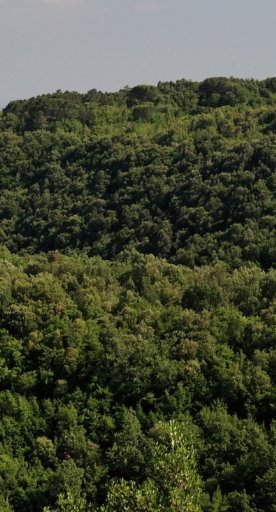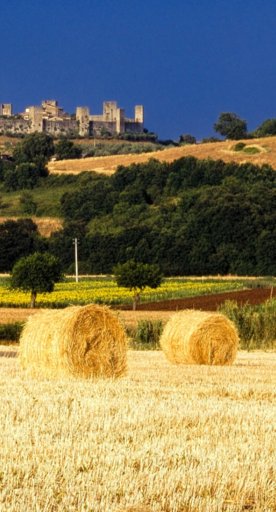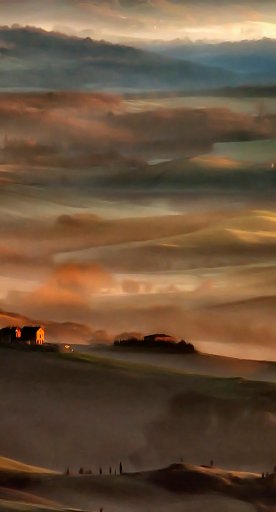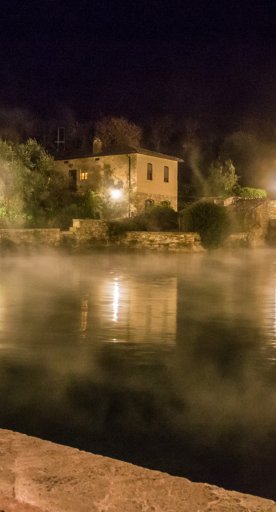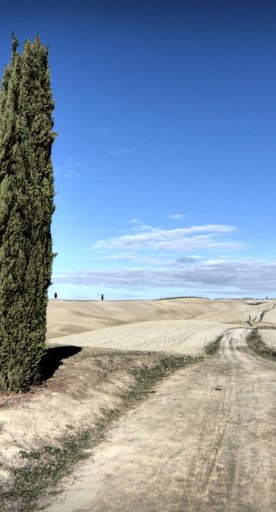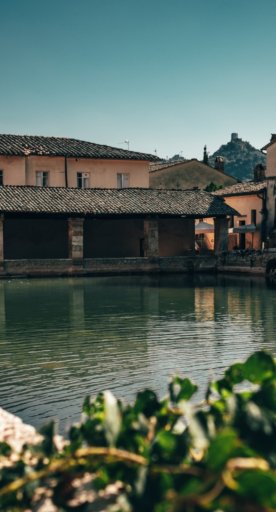

Tuscany, World Heritage Site
UNESCO has placed 16 wonders of Tuscany on its World Heritage list, find out which ones are
Nature, culture, artistic and historical heritage. Ancient towns that preserve unique works of art and architecture, as well as small villages where time seems to stand still and a harmonious landscape shaped by the respectful hand of man, amidst vines covering hills and rows of cypress trees.
Tuscany is a special land, a true open-air museum where the past goes hand in hand with the present and creates a combination impossible to admire elsewhere.
This is why UNESCO has listed 16 wonders of Tuscany as a World Heritage Site including 7 cultural sites, 3 biosphere reserves, 2 geoparks, 2 transnational sites, a creative city and an intangible asset.
-
1.Florence - Historic Center
-
2.Pisa - Piazza dei Miracoli
-
3.Siena - Historic Center
-
4.Pienza - Historic Center
-
5.San Gimignano - Historical Center
-
6.Carrara Creative City
-
7.Medici villas and gardens
-
8.Val d'Orcia
-
9.Montecatini Terme
-
10.The ancient beech forests of the Casentino Forest National Park
-
11.Tuscany Islands Biosphere Reserve
-
12.Biosphere Reserve Selve Costiere di Toscana
-
13.Appennino Tosco-Emiliano Biosphere Reserve
-
14.Tuscan Mining Park
-
15.Parco delle Alpi Apuane
-
16.Truffle searching and caving
Florence - Historic Center

Pisa - Piazza dei Miracoli
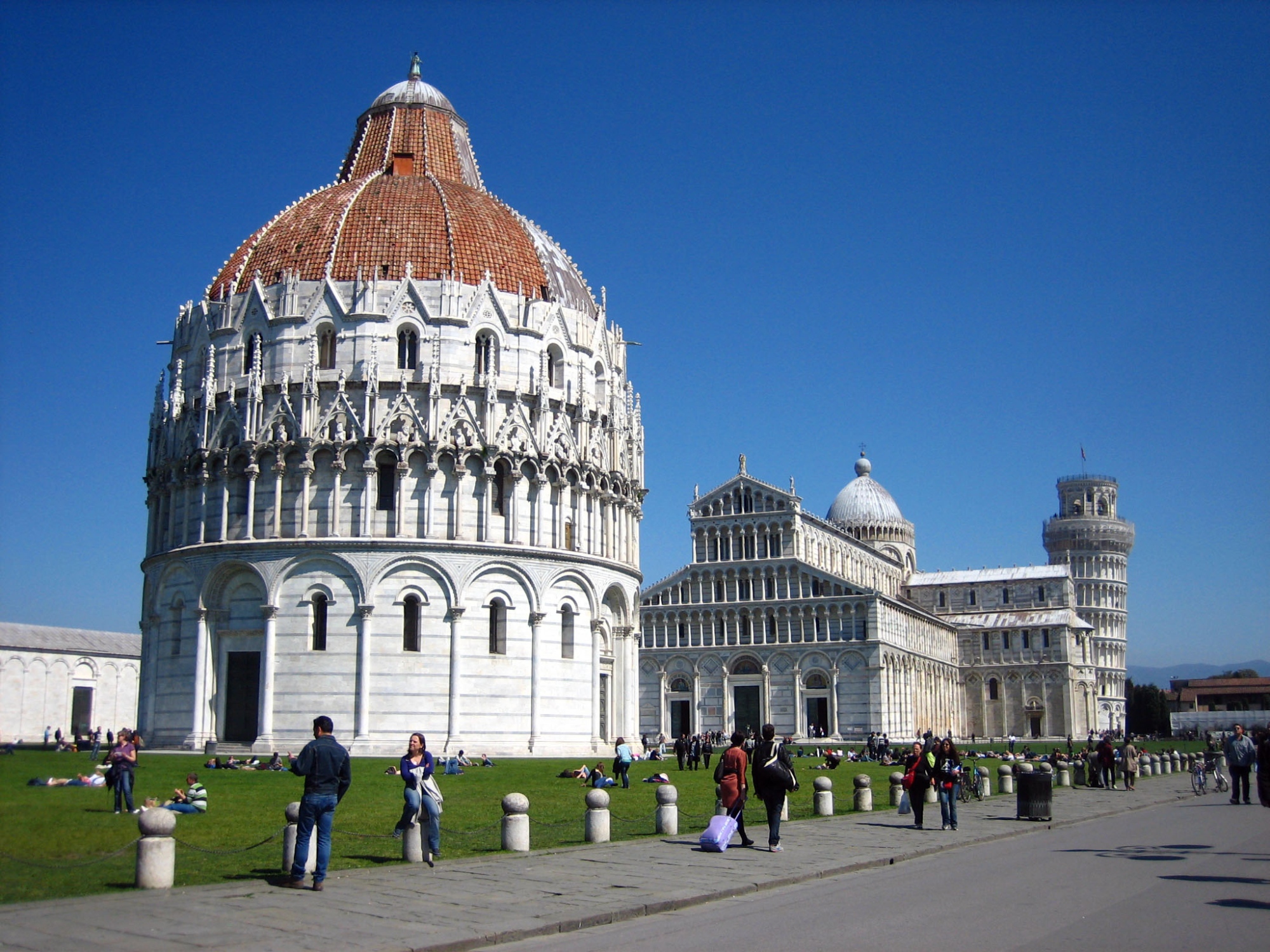
Port of ancient Rome, Maritime Republic, a city of great importance in the history of the Mediterranean.
Its Piazza dei Miracoli, the site of Galileo Galilei's experiments, represents the architectural perfection of the Pisan Romanesque style, a combination of classical, early Christian, Lombard and Oriental motifs. The monuments here-the Duomo, the famous Leaning Tower, the Baptistery, and the Camposanto are breathtakingly beautiful and candid. The monumental complex is one of the most iconic and visited in Tuscany and was listed as a World Heritage Site in 1987.
Siena - Historic Center

Siena represents one of the archetypes of medieval cities par excellence. Its Gothic appearance acquired between the 12th and 15th centuries has been preserved and enhanced over the years, enriched by the valuable contributions of Duccio di Buoninsegna, the Lorenzetti brothers and Simone Martini.
There are so many places to visit, starting with the famous Piazza del Campo with its shell shape on which soar the Torre del Mangia and Palazzo Pubblico, to the Duomo, with its marble commessi floor and works of art by Michelangelo, Nicola Pisano, and Donatello. In addition, the Santa Maria della Scala, the oldest hospital in the world, established on the ancient Via Francigena, collects evidence of a thousand years of history. But there is also an underground Siena, that of the "spoils," which has now become the Museum of Water.
Since 1995 the historic center of Siena has been on the UNESCO list of World Heritage Sites.
Pienza - Historic Center

San Gimignano - Historical Center

Carrara Creative City
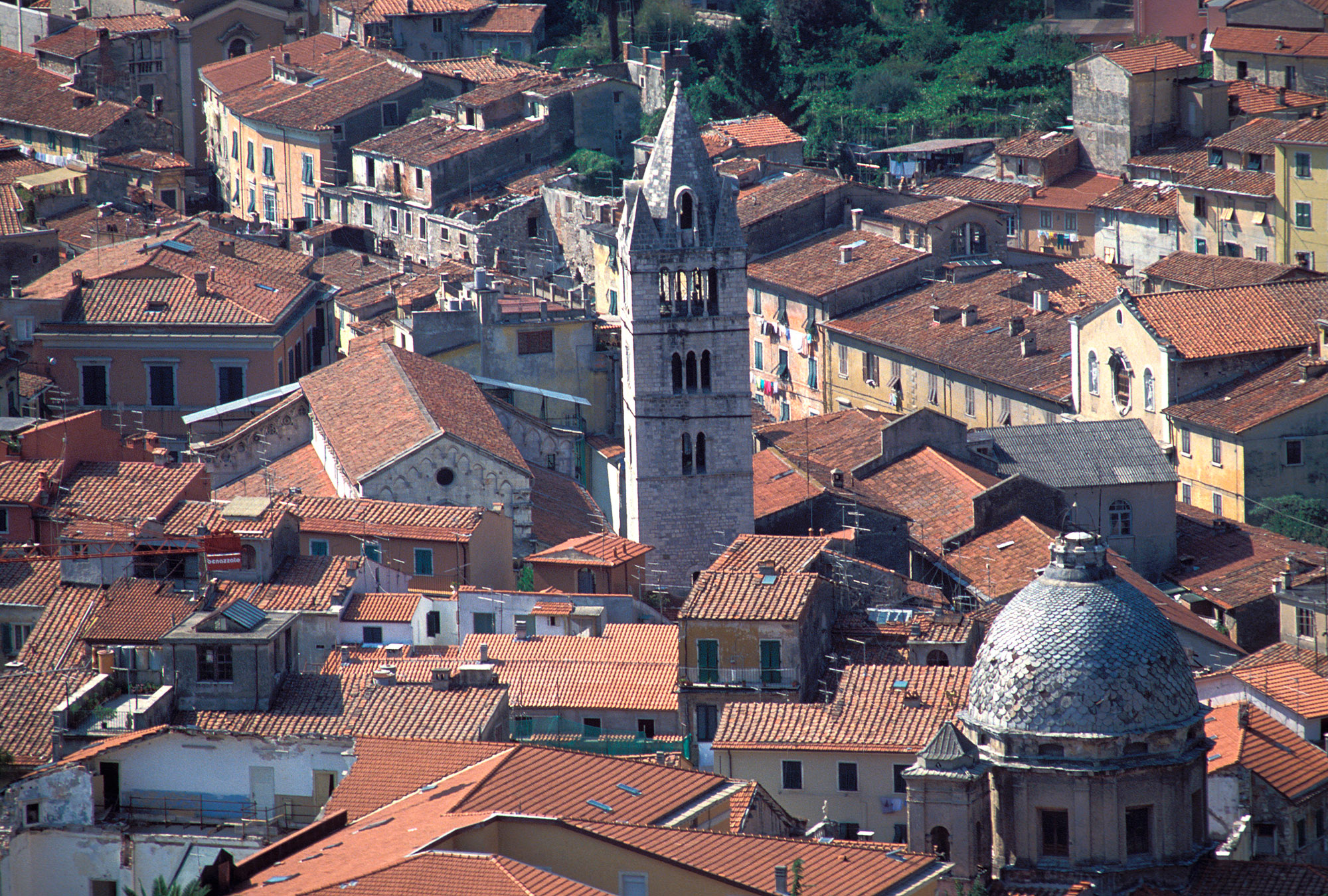
Carrara, located on the Apuan Riviera, is known worldwide as the city of marble.
Here, the Apuan Alps merge with the urban landscape, creating a unique territory dominated by white mountain profiles and marble quarries that have been active since Roman times.
Carrara's white gold has inspired artists from all times and places, starting with Michelangelo.
Since 2017, Carrara has joined the UNESCO Creative Cities network, standing out for excellence in crafts and folk arts.
Carrara is home to three museums dedicated to marble and its traditions: the Civic Museum of Marble, which tells its story from Roman times to the present day-the CARMI Museo Carrara e Michelangelo which explores modern and contemporary sculpture-and the MudaC Museum of Arts dedicated to contemporary arts. Carrara is also an open-air museum, a place where tradition and innovation meet and where creative people and artists from all over the world find inspiration.
Medici villas and gardens

In 2013 12 villas and the 2 Medici gardens (Boboli e Pratolino) have been declared UNESCO World Heritage Sites. They constitute an ideal of the princely residence and an important testimony to the influence of the Medici family on modern European culture, particularly through patronage of the arts.
Among the most beautiful villas is the one in Poggio a Caiano. Commissioned by Lorenzo de' Medici, it was built by Giuliano da Sangallo and contains the fabulous Hall of Leo X, in which is preserved a relevant cycle of 16th-century frescoes by Pontormo, Andrea del Sarto, Franciabigio and Alessandro Allori.
Another prestigious villa is the Ferdinanda in Artimino, also called "the villa of a hundred fireplaces." This hyperbole was to indicate there was a fireplace for every room, and there were indeed many rooms.
Built by Buontalenti, it looks almost like a fortress, with its angular ramparts and imposing staircase. All surrounded by beautiful countryside.
All the villas are noteworthy but you will hardly see a ballroom like the one at the Petraia. Its courtyard was transformed into a frescoed hall with a glass and iron roof, and from the skylight descends a large chandelier that looks like something out of a fairy tale.
Outside, the gardens are divided into 3 levels, and from the highest one there is a unique view of Florence.
Val d'Orcia

A unique landscape that has become synecdoche for the whole of Tuscany, with a sea of hills dotted with cypress trees and clayey gullies. The Val d'Orcia is an agrarian and pastoral landscape in which man and nature coexist in perfect harmony, and since 2004 it has been part of Tuscany's UNESCO sites.
Fortified villages, farms and homesteads have developed here, the ancient Via Francigena runs, on which abbeys and shrines, bridges and hospices stand.
The Francigena led pilgrims from all over Europe to Rome, and today it is an international emblem of slow tourism.
The Val d'Orcia territory embraces Pienza, Montalcino, San Quirico d'Orcia, Castiglione d'Orcia and Radicofani.
Montecatini Terme
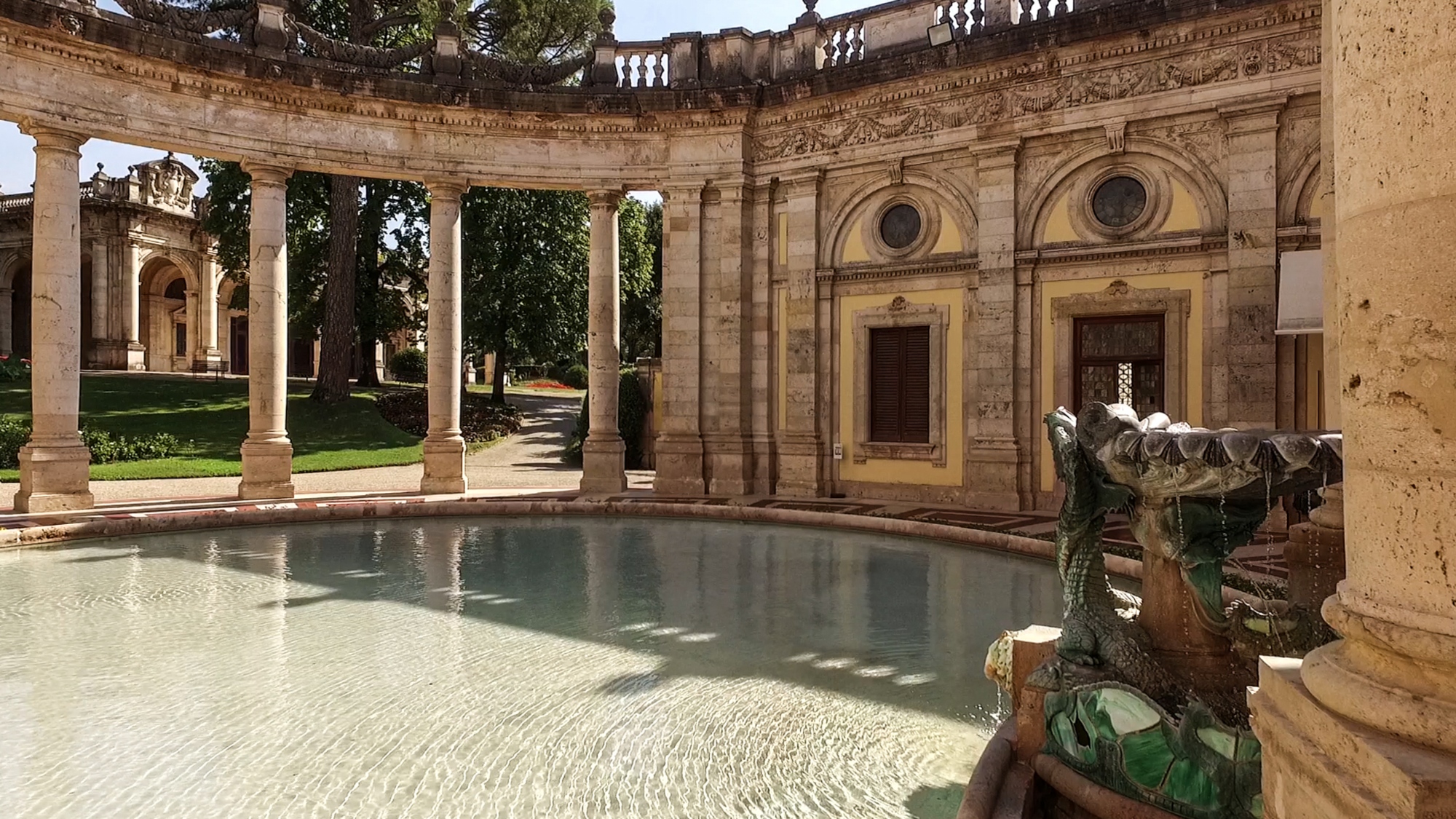
The eighth wonder, proclaimed a UNESCO site in 2021 as part of the transnational serial site "The Great Spa Towns of Europe, “is Montecatini. Representative of the important European spa phenomenon active from the 1700s until the 1930s, with its historic spas and its jewels of Art Nouveau architecture.
Montecatini over time has attracted the attention of intellectuals and artists such as Verdi, Puccini, and Leoncavallo and represents the materialization of both the concept of the "grand spa" and the "thermal landscape": its monumental architecture is centered on 4 springs (Rinfresco, Tettuccio, Regina, and Leopoldina) and is surrounded by parks and gardens in which to stroll pleasantly.
The UNESCO-recognized serial site includes 10 other spa towns including Spa (Belgium), Vichy (France) and Bath (UK). Despite the differences and peculiarities of each individual city, they are all united by having developed near sources, serving as a model of spatial organization aimed at curative, therapeutic, recreational and social functions.
The ancient beech forests of the Casentino Forest National Park

There is also a small part of Tuscan territory in the UNESCO transnational serial site dedicated to ancient and primeval beech forests (Ancient and Primeval Beech Forests of the Carpathians and Other Regions of Europe): the ancient beech forests of the Casentino Forests National Park, an extraordinary example of non-anthropized forests. The Casentino Forests National Park is one of the most unspoilt forest areas in Europe, a true oasis of nature and silence between Tuscany and Emilia Romagna. Since 2021, the park has received this important recognition.
Tuscany Islands Biosphere Reserve
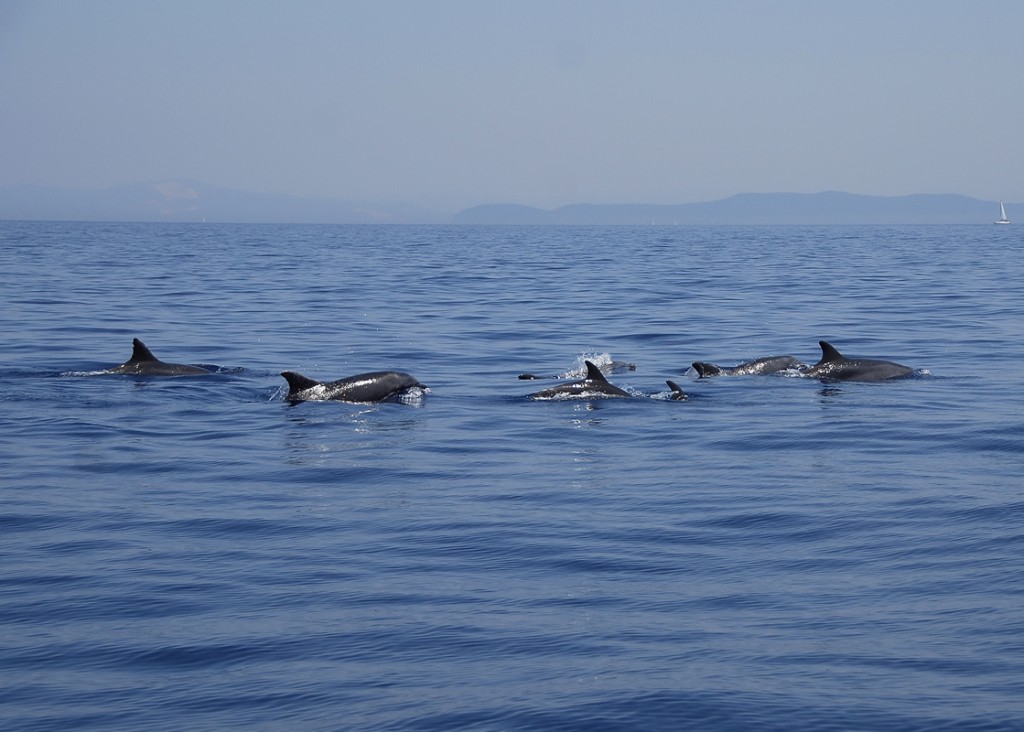
The Islands of Tuscany Biosphere Reserve was recognized in 2003 and is composed of seven islands-Gorgona, Capraia, Elba, Pianosa, Montecristo, Giglio and Giannutri-that hold precious treasures of biodiversity, an extraordinary geological and geo-mineral heritage, as well as testimonies of remarkable historical, archaeological and cultural value.
The Biosphere Reserve areas fall within land and marine areas under full protection of the Tuscan Archipelago National Park, the largest marine park in Europe.
Biosphere Reserve Selve Costiere di Toscana
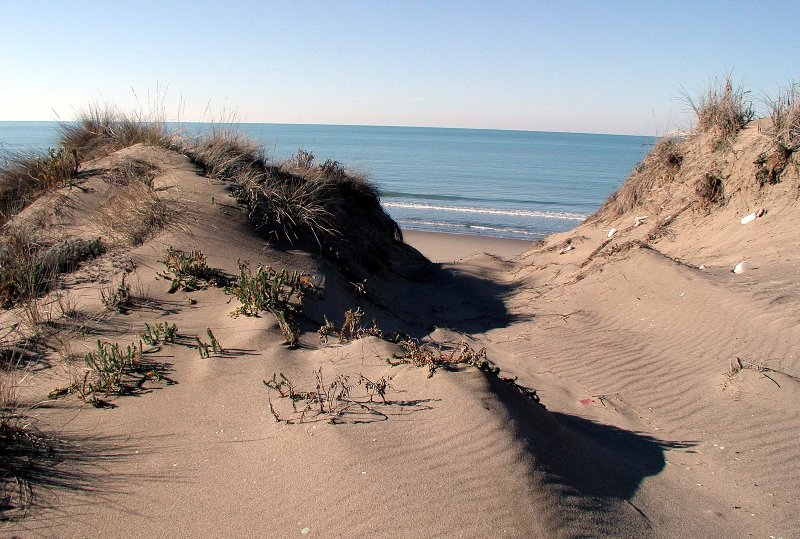
The Selve Costiere di Toscana Reserve, recognized in 2004, stretches along the coast between Pisa, Viareggio and Livorno. This area is characterized by an extraordinary variety of natural environments such as dunes, pine forests and agricultural areas. The reserve is inhabited by about 70,000 people who mainly engage in fishing, farming, organic livestock and tourism.
The Reserve Authority is the Migliarino, San Rossore and Massaciuccoli Park, a true natural paradise to explore and discover.
Appennino Tosco-Emiliano Biosphere Reserve

The area of the Tuscan-Emilian Apennine Reserve was listed as a UNESCO Biosphere Reserve (MAB) in 2015 and is located in the northern part of the Apennine range. It is a unique place because it represents the meeting point of the Mediterranean and continental climates. This particular climatic balance has given rise to a wide variety of habitats where animal and plant species coexist.
The Natural Park of the Tuscan-Emilian Apennines is part of this area, which is characterized by gentle, easily accessible and walkable mountains in all seasons.
Tuscan Mining Park

The Tuscan Mining Park, also known as the Metalliferous Hills Park, covers more than 108,000 hectares between Grosseto and Livorno and joined the UNESCO World Network of Geoparks in 2010.
It holds 41 geosites, 34 mining sites, and numerous historical sites that tell a thousand-year history, from Etruscan mining activities to the modern processing of resources such as boraciferous soffions.
With diverse ecosystems, the park is home to rare species such as wild orchids and wildlife that includes wolves and peregrine falcons.
Nestled among incredible landscapes and lush forests, it is a place where nature, history and culture intertwine, offering a unique journey into biodiversity.
Parco delle Alpi Apuane
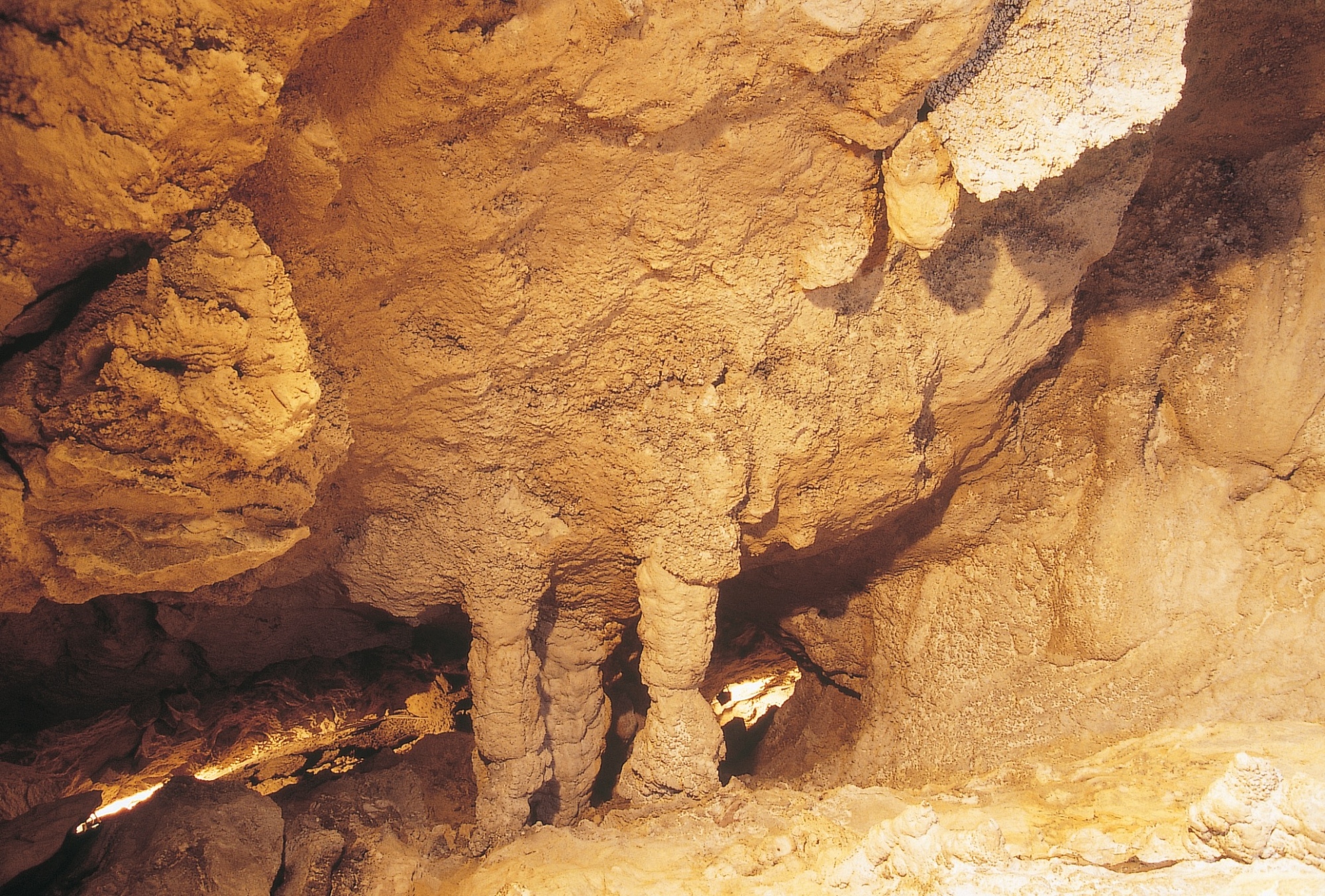
The Apuan Alps Park extends into the regional park of the same name, embracing Versilia, Garfagnana and Lunigiana , and since 2011 has been part of the UNESCO Global Network of Geoparks sites.
Characterized by towering peaks touching 2,000 meters, it offers breathtaking sea views, rugged morphology with deep valleys, spectacular caves, and emerald green lakes.
The most iconic rocks in the park are the marbles, and the area is home to about 200 types of minerals, 18 of which were discovered right here.
The Geopark territory includes theAntro del Corchia cave system and the Geo Archeo Adventure Park in the Equi Terme caves, two tourist geosites with mercury mines, underground quarries, museums, caving trails, paleontological sites and hot springs.
Truffle searching and caving
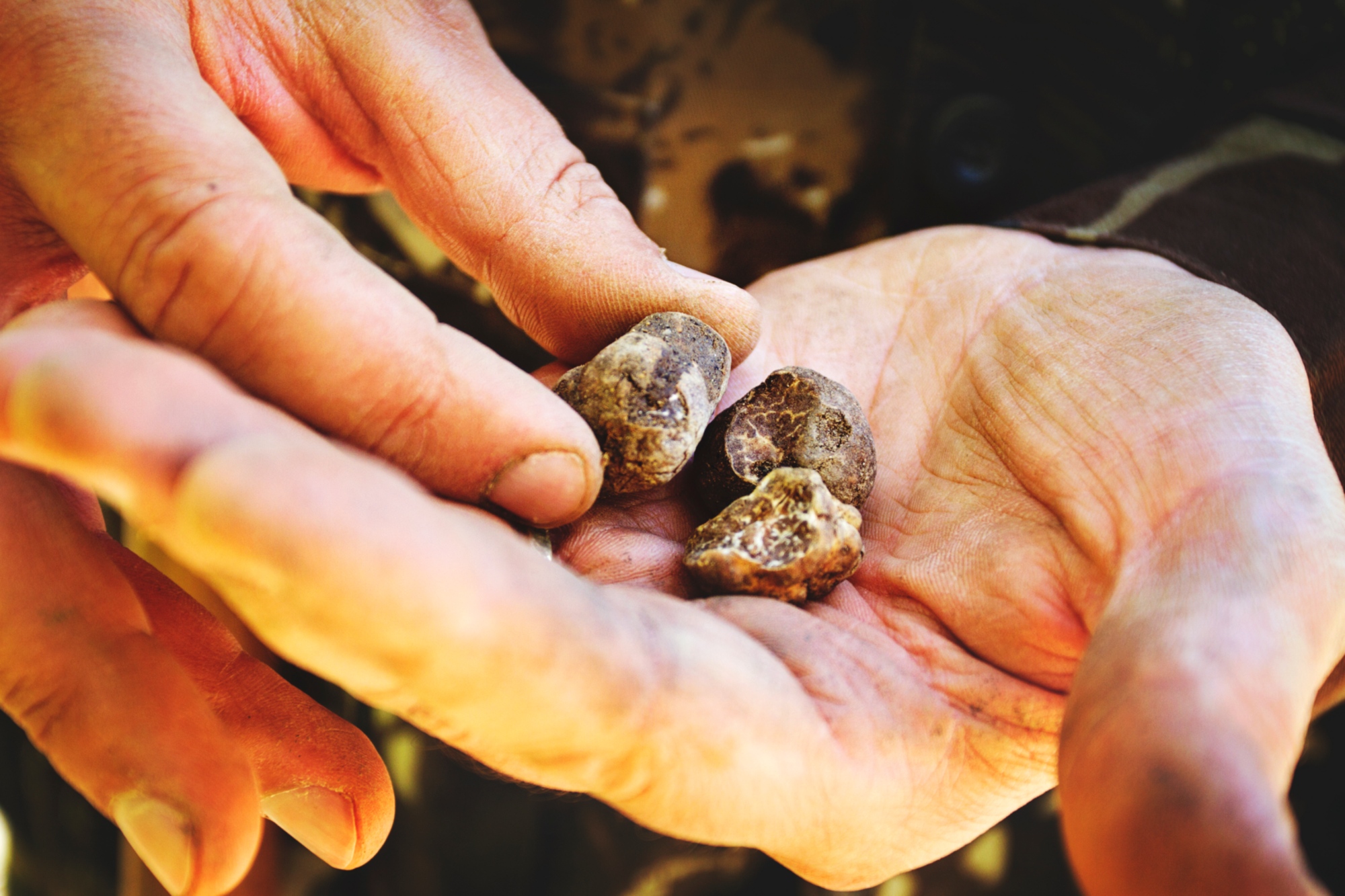
Among the many flavors that make Tuscany unique, truffles hold a special place. This prized product is a symbol of ancient traditions, special harvesting techniques, centuries-old crafts and legends that have been passed down from generation to generation.
Truffle hunters walk hidden paths in the forests of holm oaks and poplars, where they jealously guard the secrets of this fascinating practice: here the truffles, sniffed by dogs, are extracted from the earth with a tool called a spade.
In 2021, truffle hunting and caving was recognized as an intangible heritage of humanity.
San Miniato-halfway between Florence and Pisa-is the heart of this tradition and hosts the world's third-largest white truffle market fair every year.
In addition to San Miniato, other Tuscan towns such as Arcidosso, Capolona, Castell Azzara, Montaione, Montespertoli, Palaia and San Giovanni d'Asso are part of the National Truffle Cities Association.





